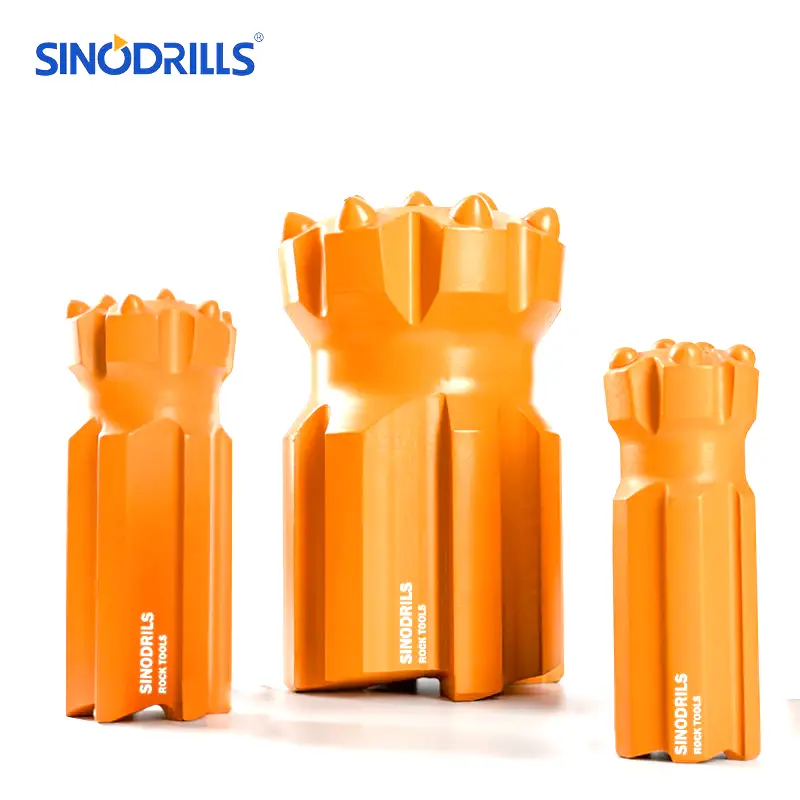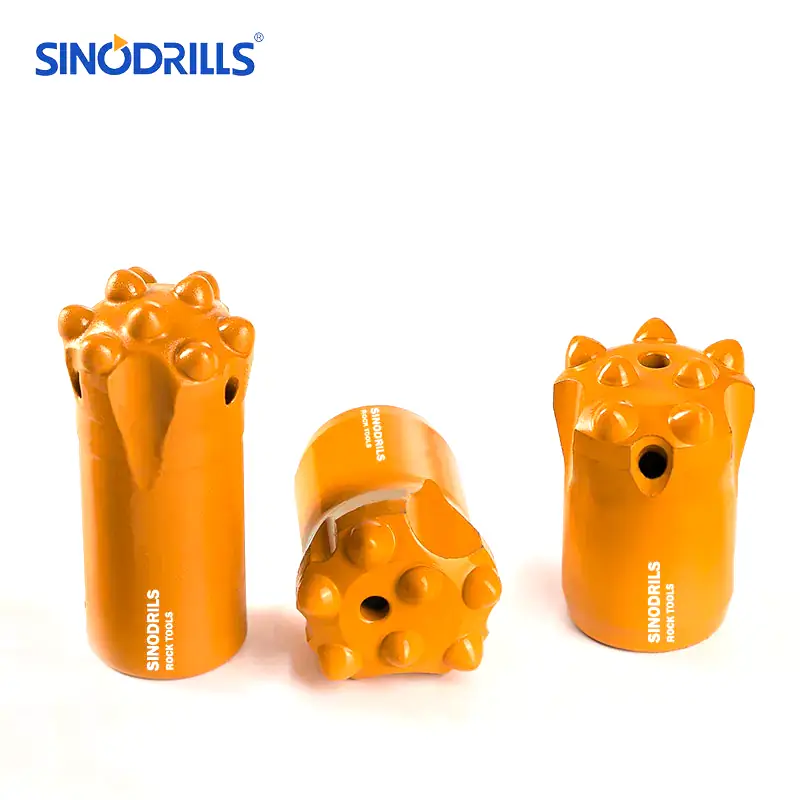Exploration drilling is the backbone of the mining industry, a critical process that uncovers the hidden riches beneath the Earth’s surface. This ultimate guide will take you through the essential techniques, technologies, and best practices involved in identifying and evaluating mineral deposits. Get ready to delve deep into the world of mineral exploration!
Understanding the intricacies of drilling methods, from reverse circulation to diamond drilling, is crucial for accurate resource assessment. We’ll explore core logging, sampling, and the vital role of data interpretation, equipping you with the knowledge needed to navigate the challenges and maximize the success of your exploration projects.
What is Mineral Exploration Drilling?
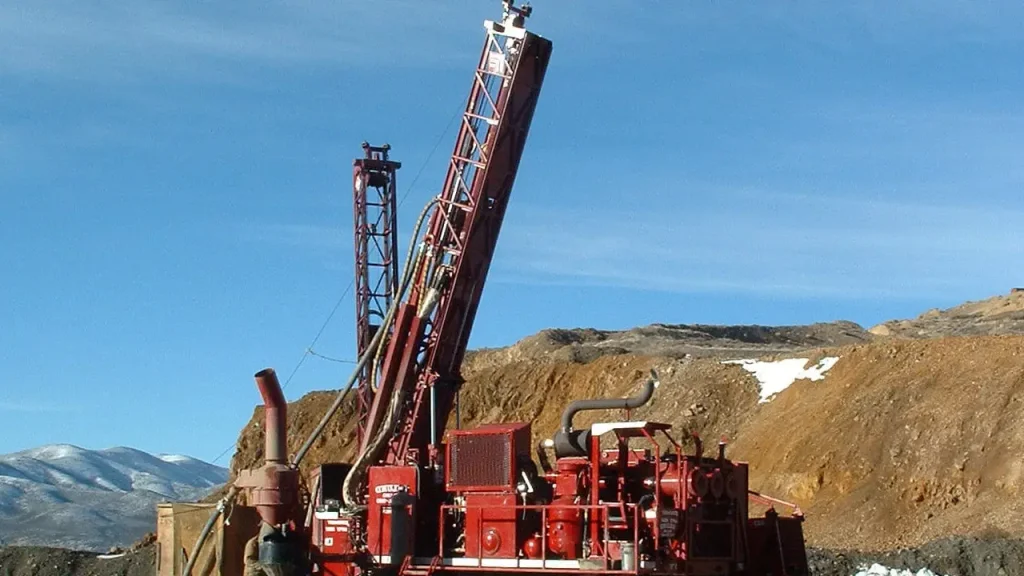
Mineral exploration drilling is a fundamental process in the mining industry used to identify and evaluate the composition of the Earth’s subsurface. By boring into the ground, specialized drilling rigs extract rock, soil, and other material samples, which geologists and geophysicists then analyze to determine the presence, quantity, and quality of valuable mineral deposits.
This critical phase precedes any major mining operation, as it provides the essential data needed to assess the economic viability of a potential site and to plan future extraction activities. Different methods, such as diamond core drilling and reverse circulation (RC) drilling, are employed depending on the geological conditions and the specific goals of the exploration project.
Efficacy of Information in Mineral Exploration Drilling
The efficacy of information in mineral exploration drilling directly impacts the success and economic viability of a project. Comprehensive and accurate data gathered from drill holes significantly reduces uncertainty and informs critical decisions throughout the exploration and mining lifecycle. This robust information allows for:
- Precise Resource Estimation: Detailed core samples and downhole data provide the most direct evidence of mineral grades and distribution, leading to more accurate and reliable resource models. This reduces financial risk and improves investment decisions.
- Optimized Drilling Programs: Understanding geological conditions and mineral trends from early drilling informs the placement of subsequent drill holes, maximizing the information gained per drilling meter. This efficiency saves considerable time and cost.
- Improved Mine Planning: Robust data from drilling allows for better design of mining operations, including pit or underground layouts, extraction methods, and processing strategies. This ensures efficient and safe mineral recovery.
- Effective Risk Mitigation: High-quality data helps identify potential geological hazards, hydrological issues, or unexpected ground conditions, enabling proactive planning to mitigate risks. This protects personnel and investments.
Geological Methods in Mineral Exploration and Mining
Geological methods form the foundational bedrock of mineral exploration and mining, providing crucial insights into the Earth’s composition and structure to pinpoint valuable deposits. These methods involve a systematic approach, progressing from broad regional assessments to highly detailed site-specific investigations, constantly refining the understanding of potential ore bodies. By integrating various techniques, geologists can develop comprehensive three-dimensional models of the subsurface, significantly reducing the risks and costs associated with extraction.
- Geological Mapping: Involves documenting rock types, structural features like faults and folds, and visible signs of mineralization at the surface. This creates a fundamental understanding of the regional geological context, guiding initial exploration.
- Geophysical Surveys: Utilize physical properties of rocks and minerals to detect anomalies beneath the surface without direct excavation. Techniques like magnetic, gravity, electromagnetic, and induced polarization surveys identify variations in the Earth’s fields, indicating potential mineralized zones.
- Geochemical Sampling: Involves collecting and analyzing various earth materials (rocks, soil, stream sediments, water, vegetation) for their chemical composition. Identifying elevated concentrations of specific elements, known as geochemical anomalies, can indicate hidden mineral deposits.
- Remote Sensing: Employs satellite imagery, aerial photography, and LiDAR to analyze the Earth’s surface from a distance. These techniques help identify large-scale geological features, alteration zones, and structural controls that might be related to mineralization.
- Drilling: The most direct method for subsurface investigation, providing core samples or rock chips for detailed geological logging and assaying. This confirms the presence, grade, and extent of mineralization, crucial for resource estimation and mine planning.
Types of Drilling in Mineral Exploration
Mineral exploration employs various drilling methods, each suited to different geological conditions and exploration objectives, from initial reconnaissance to detailed resource definition. The choice of drilling technique often depends on factors like target depth, rock type, sample quality requirements, and budget. These methods are designed to retrieve samples from the subsurface, providing geologists with critical information about the presence, grade, and geometry of mineral deposits.
- Reverse Circulation (RC) Drilling: A fast and cost-effective method that uses a dual-wall drill pipe, where compressed air pushes rock chips up an inner tube. It provides a continuous stream of dry, representative samples, making it popular for early-stage exploration and grade control.
- Diamond Core Drilling: Considered the most precise and expensive method, it uses a diamond-impregnated bit to cut and retrieve a solid cylindrical core of rock. This undisturbed core provides detailed geological, structural, and mineralogical information, crucial for resource estimation and geotechnical analysis.
- Rotary Air Blast (RAB) Drilling: A shallow, rapid, and economical method that uses compressed air to clear rock cuttings from the borehole. It’s often used for initial reconnaissance and geochemical sampling, particularly in soft or unconsolidated ground.
- Aircore Drilling: Similar to RAB but designed to provide cleaner samples in soft ground by bringing cuttings up through an inner tube, minimizing contamination from the borehole walls. It’s often used for broad-scale exploration and regolith sampling.
- Auger Drilling: A simple, low-cost method using a helical screw to bore into soft ground and bring up soil or unconsolidated rock. It’s primarily for shallow investigations, environmental sampling, or initial geochemical surveys.
Drill Bits for Mineral Exploration
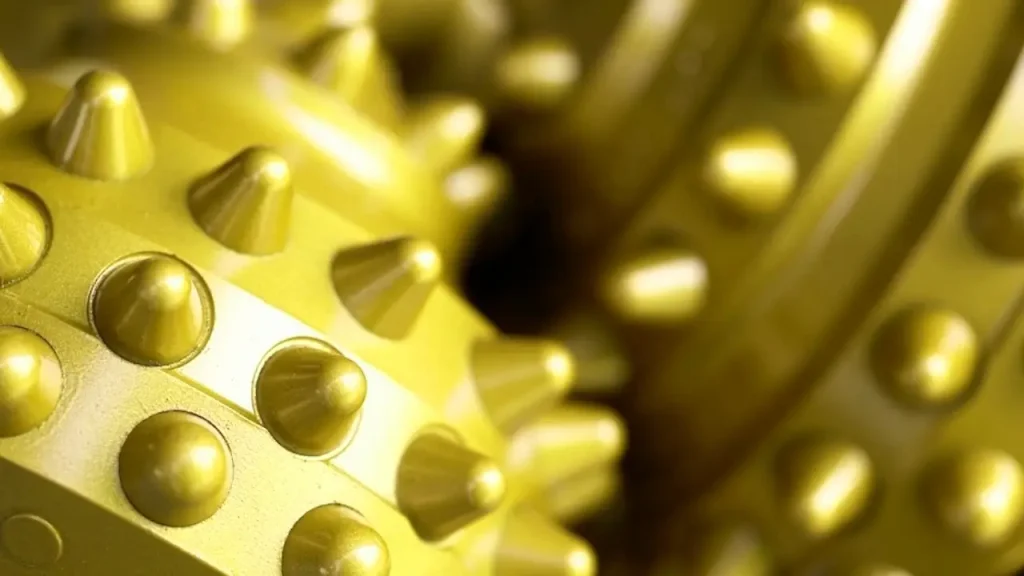
Drill bits are the crucial cutting tools at the tip of the drill string, specifically designed to penetrate various rock formations and retrieve samples during mineral exploration. Their effectiveness hinges on their material composition, design, and suitability for the geological conditions encountered, playing a pivotal role in the speed, efficiency, and quality of data acquisition. The constant innovation in drill bit technology aims to improve penetration rates, extend bit life, and reduce operational costs in the challenging environments of mineral exploration.
- Diamond Core Bits: These bits are impregnated with industrial diamonds, the hardest known material, allowing them to cut through extremely hard and abrasive rock formations, producing intact cylindrical core samples essential for detailed geological analysis.
- Polycrystalline Diamond Compact (PDC) Bits: Featuring synthetic diamond cutters, PDC bits shear through rock with a fixed-cutter design, offering high penetration rates and extended durability, particularly effective in softer to medium-hard, less abrasive formations.
- Tricone Bits (Roller Cone Bits): Comprising three rotating cones with either milled steel teeth or tungsten carbide inserts, tricone bits crush and fracture rock by a combination of rolling and scraping action, versatile for a wide range of rock hardnesses.
- RC (Reverse Circulation) Hammers/Bits: Designed for RC drilling, these bits use a percussive action to break rock into small chips, which are then brought to the surface by compressed air, providing fast and cost-effective samples for reconnaissance and grade control.
- Drag Bits: Simplistic in design with fixed blades (often steel or tungsten carbide), drag bits scrape and shear through very soft or unconsolidated formations, commonly used for shallow drilling and initial soil sampling where high-quality rock samples are not required.
Mineral Exploration Drilling Rigs for Sale
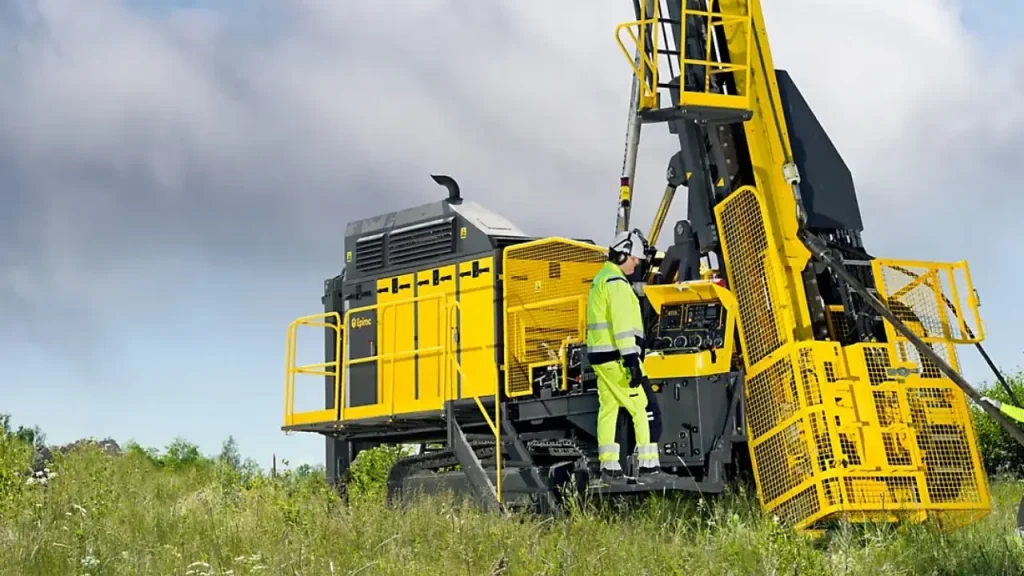
Mineral exploration drilling rigs are specialized, heavy-duty machines designed to extract core samples or rock chips from the Earth’s subsurface, vital for identifying and evaluating mineral deposits. These rigs come in various configurations, from compact, highly maneuverable units for remote locations to large, powerful machines capable of drilling to extreme depths. The market for these rigs is diverse, with numerous manufacturers offering new and used equipment that caters to different exploration scales, geological conditions, and budgetary requirements, often emphasizing features for safety, efficiency, and environmental compliance.
- Core Drilling Rigs: These rigs are specifically designed to retrieve intact cylindrical rock cores, offering the most detailed geological information. They are highly valued for precise resource definition and come in various sizes for both surface and underground applications.
- Reverse Circulation (RC) Rigs: Known for their speed and efficiency in producing continuous rock chip samples, RC rigs are popular for broad-scale exploration and grade control, especially in drier environments. They are generally more mobile than core rigs.
- Multipurpose Rigs: Many modern rigs are designed to be versatile, capable of performing multiple drilling methods, such as core drilling, RC drilling, and sometimes even rotary air blast (RAB) or aircore drilling, providing flexibility for varied exploration needs.
- Crawler-Mounted Rigs: These rigs are mounted on tracks, offering excellent mobility and stability on challenging, uneven terrain often encountered in exploration sites. They are self-propelled and can navigate difficult access roads.
- Truck-Mounted Rigs: Designed for faster mobilization between drilling locations, truck-mounted rigs are ideal for areas with established road networks. They offer a balance of power and portability for various exploration projects.
How to Choose Suitable Drill Bits for Mineral Exploration
Recommended Drill Bits for Mineral Exploration
Choosing the suitable drill bit for mineral exploration is a critical decision that profoundly impacts drilling efficiency, sample quality, and overall project cost. It’s not a one-size-fits-all scenario, as the ideal bit is a complex interplay of geological conditions, drilling objectives, and equipment capabilities. A well-chosen bit maximizes penetration rates, prolongs bit life, and ensures the integrity of the samples retrieved, ultimately contributing to more accurate resource evaluation and a more profitable exploration program.
- Rock Hardness and Abrasiveness: The primary consideration is the type of rock to be drilled. Soft, unconsolidated formations might suit drag or auger bits, while hard, abrasive rocks like granite necessitate diamond-impregnated or highly durable PDC bits for effective penetration and longevity.
- Drilling Method: The chosen drilling technique (e.g., core drilling, RC, RAB) directly dictates the type of bit required. Core bits are for retrieving intact core samples, while RC bits are designed for rapid chip sample collection, each demanding specific bit designs.
- Desired Sample Quality: If detailed geological logging and precise assaying are paramount, diamond core bits provide the undisturbed, high-quality core necessary. For reconnaissance or bulk sampling, RC bits offer a quicker, more economical solution.
- Drilling Depth and Diameter: Deeper holes often require more robust bits that can withstand increased pressure and temperature, as well as maintaining hole integrity. Larger diameter holes also influence bit selection, as they require more powerful tools.
- Drill Rig Capabilities: The power, torque, and rotational speed of the available drill rig must be compatible with the selected drill bit. An underpowered rig with an aggressive bit will lead to inefficiency and potential equipment damage.
Conclusion
As we’ve journeyed through this ultimate guide to mineral exploration drilling, it’s clear that successful resource identification hinges on a combination of precise techniques, advanced technology, and meticulous data analysis. Mastering these aspects is paramount for anyone involved in unearthing the Earth’s valuable mineral resources.
For those looking to optimize their drilling operations, consider the advantages of wholesale self-drilling anchors for mineral exploration from Sinodrills. These innovative anchors offer enhanced stability and efficiency, crucial for challenging ground conditions often encountered in exploration. Their ease of installation can significantly reduce operational time and costs, making them a smart choice for your projects.
Sinodrills provides a wide range of high-quality self-drilling anchors designed specifically for the rigorous demands of mineral exploration. By choosing our reliable and durable anchoring solutions, you can ensure greater safety and productivity in your drilling endeavors, ultimately contributing to more successful and economically viable exploration outcomes.

